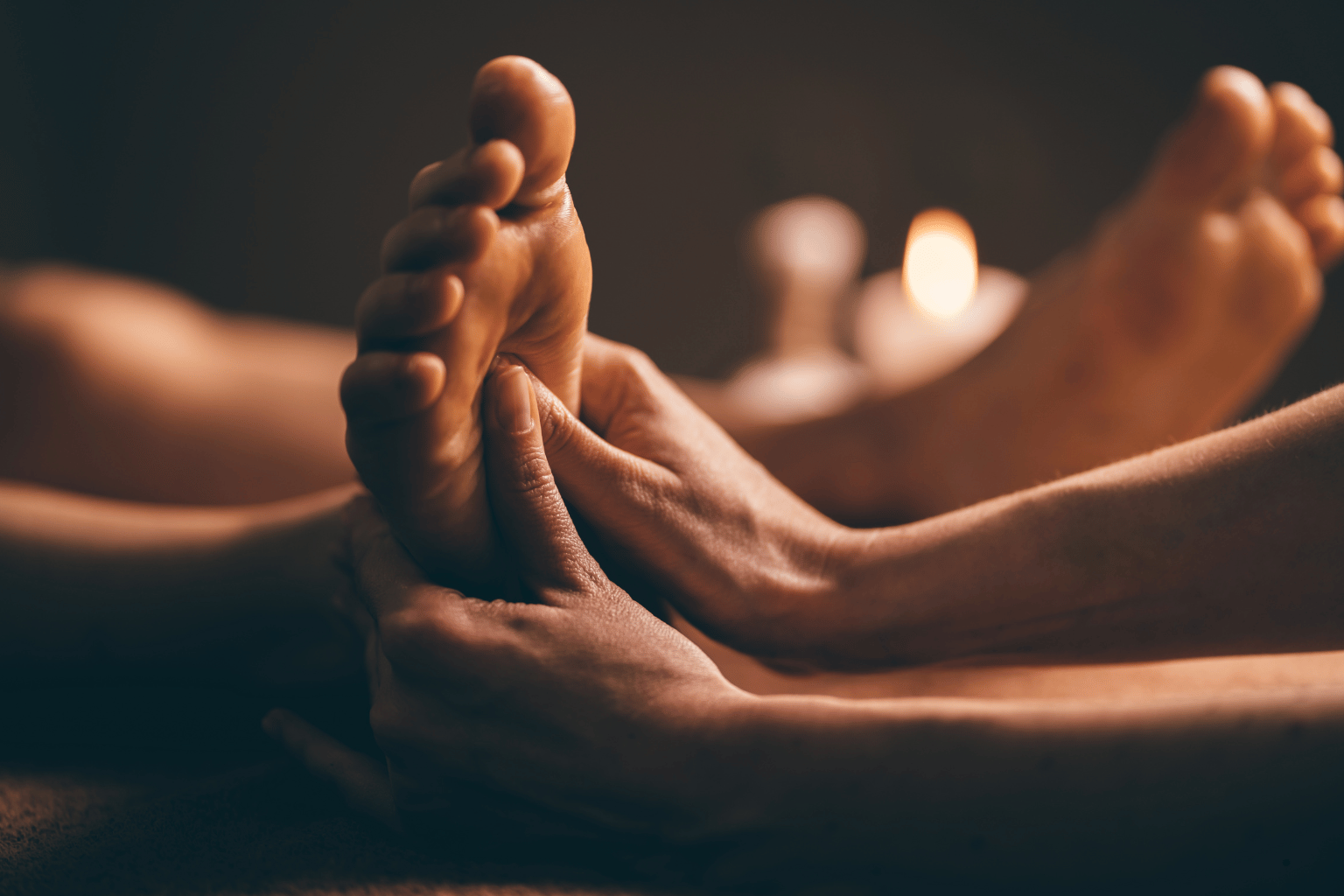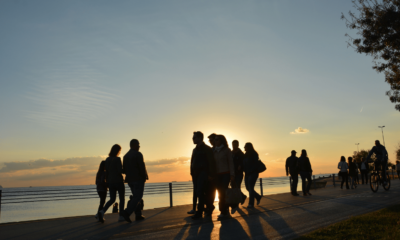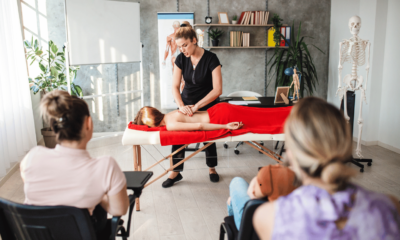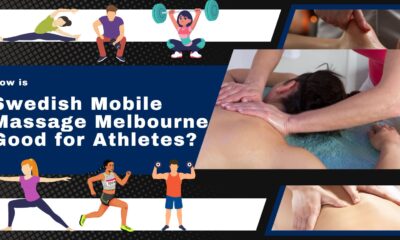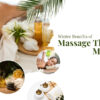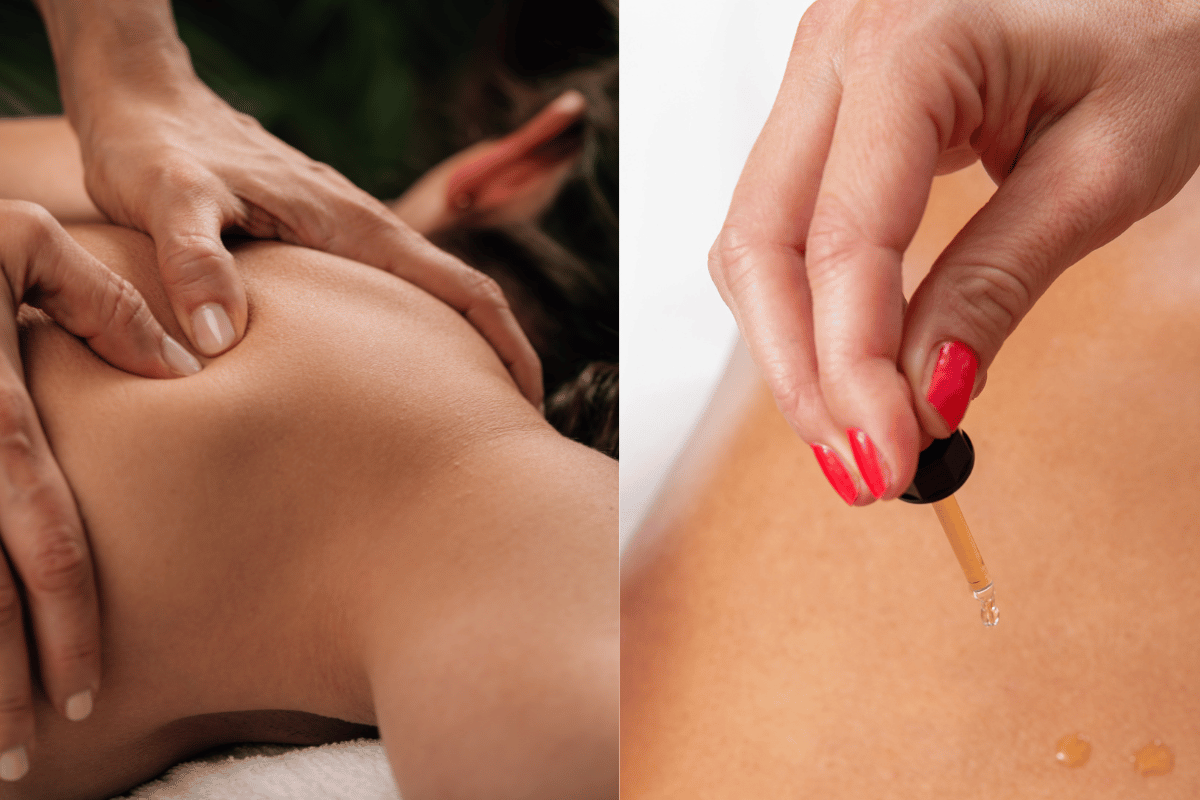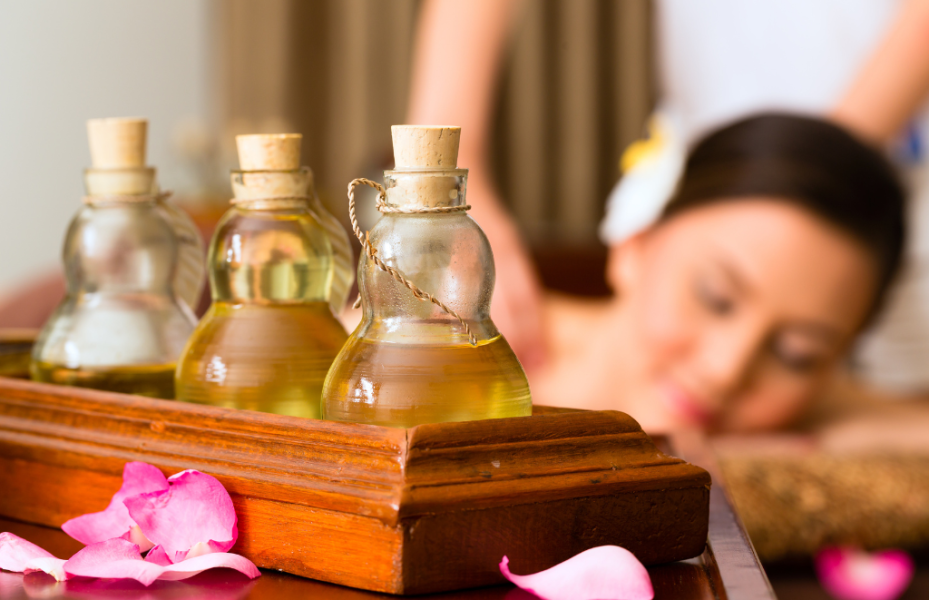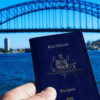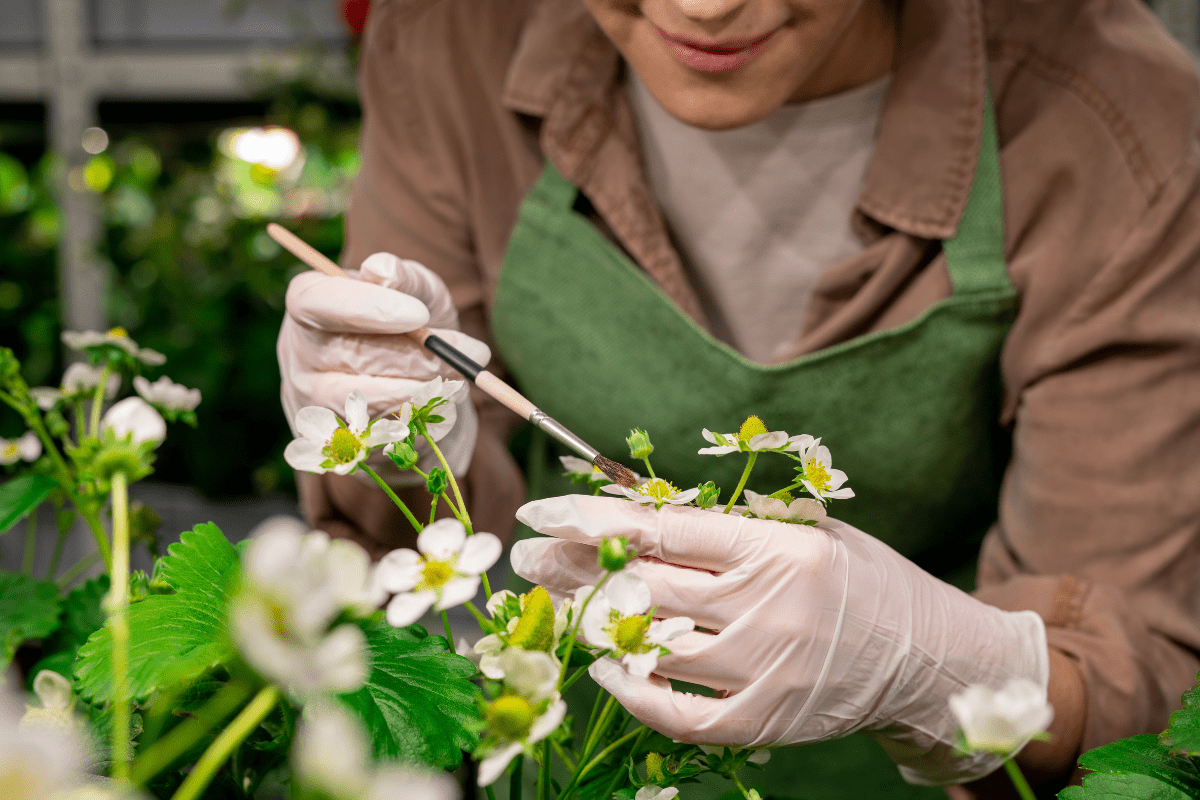Massage
The Touchpoint on Your Foot Linked to Better Sleep
Many people turn to supplements, sleep apps, or nighttime routines to improve the quality of their rest. Yet one of the simplest sleep-supporting techniques is something most people overlook completely: a small pressure point on the foot connected to relaxation pathways in traditional reflexology. While foot massage is widely known for easing tension, specific touchpoints—especially one located near the centre of the sole—have been associated with calmer nerves and a more settled state before bed.
This idea isn’t new. Traditional Chinese Medicine, reflexology, and modern massage therapy all highlight the feet as influential areas for promoting relaxation. One point in particular is often emphasised for its potential calming effects: Kidney 1 (Yongquan), often called the “sleep point” in reflexology traditions. When stimulated correctly, this point may help encourage a sense of grounding, support the body’s natural relaxation response, and ease built-up tension—factors that can contribute to a smoother transition into sleep.
Let’s explore what this foot touchpoint is, how to locate it, how to use it, and what both traditional practice and modern research suggest about its potential benefits.
Quick Summary
The sleep-related foot point is located on the sole, just below the ball of the foot along a line between the second and third toes. Massaging it may help support relaxation and calmness, making it a useful addition to a wind-down routine before bed.
Where This Foot Touchpoint Is Located
Reflexology identifies this sleep-related point in a very specific area on the sole of the foot. It sits in a small natural hollow just beneath the ball of the foot, along an imaginary line between the second and third toes, roughly one-third of the way down from the toe base.
The exact location and traditional description of this point are clearly explained in a professional overview of the Yongquan acupressure point location.
Curl your toes gently and you’ll feel the dip immediately — making it easy to access with your thumb for light pressure or massage.
Why This Foot Point Is Linked to Better Sleep
1. It may encourage relaxation of the nervous system
While research on single-point stimulation is still growing, reflexology and acupressure traditions have long associated this point with calming the mind and body. Some emerging research suggests potential improvements in sleep quality when foot reflexology is applied consistently. One example is a clinical study showing foot reflexology may improve sleep quality, though outcomes vary and more research is needed.
2. It can help ease tension in the feet
Daily activities such as standing, walking, and wearing tight shoes can create tension in the feet. Releasing pressure in this area can help soften local tightness and create a more relaxed sensation throughout the body — a useful addition to any nighttime wind-down routine.
3. It may promote grounding and mental calm
Traditional reflexology considers this point one of the most grounding in the body, associated with quieting the mind and reducing emotional restlessness. These interpretations are reflected in a traditional overview of the sleep-related benefits of the KID-1 point.
4. It stimulates sensory pathways linked to comfort and calm
Applying pressure to the soles activates sensory nerves that may support physical relaxation. This effect is similar to general massage, which is often used to reduce tension before sleep.
5. It becomes part of a reliable nighttime ritual
A calming routine signals to the body that rest is approaching. Massaging this point can act as a grounding cue, especially when paired with slow breathing or low lighting.
How to Massage the Sleep Pressure Point (Step-by-Step)
Step 1: Sit comfortably
Rest one foot across the opposite thigh while sitting on your bed or a chair.
Step 2: Locate the point
Find the slight hollow beneath the ball of the foot.
Step 3: Apply gentle pressure
Press in small, slow circles for 30–60 seconds.
The sensation should feel soothing, never painful.
Step 4: Switch sides
Repeat on the other foot.
Step 5: Finish with a gentle foot sweep
Glide your hands from toes to heel for a final release of tension.
Tip: Slow breathing enhances the calming effect.
When to Use This Technique
This method fits naturally into:
- 15–30 minutes before bedtime
- After a warm shower or bath
- Evening meditation or stretching sessions
- Days where your feet or legs feel tense
- Any wind-down routine designed to relax the body
Even a few minutes per night can contribute to a calmer pre-sleep state.
Who Might Benefit from This Practice
This foot touchpoint technique may be particularly helpful for:
- People who find it hard to relax before bed
- Those who prefer natural, gentle sleep-supporting practices
- Individuals who stand or walk for long hours
- Anyone looking to enhance their nighttime wind-down routine
It’s easy, safe for most people, and works well alongside other relaxation techniques.
Precautions
Although this technique is gentle, consider the following:
- Avoid pressing on sore, bruised, or inflamed areas
- Individuals with neuropathy, circulation issues, or foot injuries should consult a professional
- Pregnant individuals should check with a practitioner before using reflexology points
- This method should not be used as a substitute for professional care for chronic insomnia or diagnosed sleep disorders
Connecting With Mobile Massage Professionals
If you’d like personalised relaxation routines or want to explore at-home wellness options, you can visit our provider search page to connect with mobile massage professionals who offer in-home sessions. This lets you explore experienced therapists in your area and learn more about the services they specialise in.
Conclusion
Better sleep doesn’t always require major lifestyle changes—sometimes, it begins with simple, calming rituals that help your body and mind unwind. The foot pressure point highlighted in reflexology traditions offers one such option. While research is still emerging, many people find that massaging this point supports relaxation, reduces tension and enhances their nightly wind-down.
Used alongside good sleep hygiene habits—like dimming lights, reducing screen time and creating a consistent bedtime routine—this small touchpoint can become a comforting evening practice. It won’t replace medical treatment for sleep disorders, but it may contribute to a more peaceful transition into rest. In a world filled with constant stimulation, even a brief moment of grounding can make a meaningful difference. system’s natural shift toward rest.
FAQ’s
1. How does massaging this foot pressure point help with sleep?
Massaging the foot’s sleep-related pressure point helps activate calming sensory pathways, encourages parasympathetic nervous system activity and releases tension stored in the feet and lower body. These effects can support a smoother transition into sleep as part of a relaxing nighttime routine.
2. How long should I massage the sleep point on my foot for it to be effective?
Most people find 30–60 seconds per foot is enough to experience a calming effect. The key is gentle, consistent pressure rather than intensity. Doing this nightly as part of your bedtime wind-down tends to work best.
3. Can this foot technique replace other sleep strategies?
No. This technique is a supportive tool, not a replacement for good sleep hygiene. It works well alongside habits such as reducing screen time, maintaining a consistent bedtime and creating a calm evening environment.
4. Is it safe for everyone to use this foot touchpoint technique?
It’s generally safe for most people. However, those with foot injuries, inflammation, neuropathy or specific health conditions should consult a healthcare professional before using foot reflexology techniques. Pregnant individuals should also check with a practitioner before trying acupressure-style methods.
5. When is the best time to massage the sleep pressure point?
The ideal time is 15–30 minutes before bed, especially after a warm shower or during your nighttime wind-down. This timing helps reinforce your body’s natural shift into relaxation and prepares your mind for rest.
Hi, I’m Monika Dhiman. I hold a Master’s degree in Information Technology and have spent the past several years building and managing my own business. I’m passionate about finding smart, practical ways to make life and work more efficient. Beyond tech, I have a deep interest in health, fitness, and food — you’ll often find me at the gym or experimenting with new recipes. Through my articles, I aim to simplify technology concepts and share practical insights drawn from my experience as both a business owner and fitness enthusiast. My goal is to help readers discover balanced, effective ways to grow — in business, in wellness, and in everyday life.


